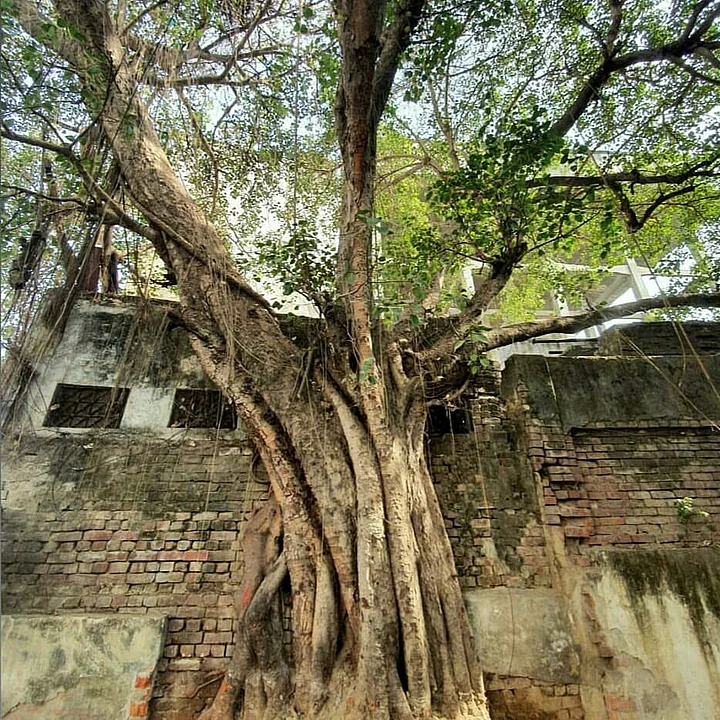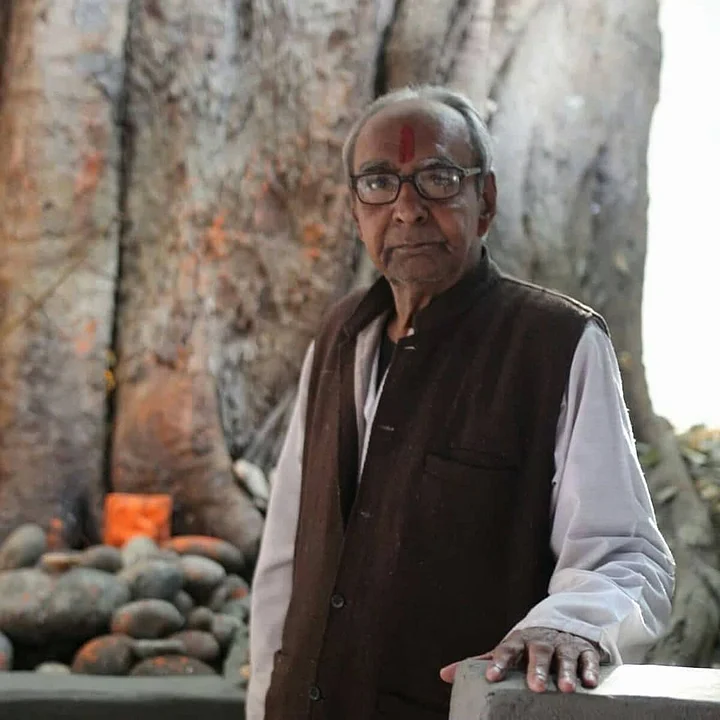(This story was first published on 15 August 2020. It has been reposted from The Quint's archives to mark India's 75th Independence Day.)
Video Editor: Kunal Mehra
Video Producer: Zijah Sherwani
Illustrations: Arnica Kala
Footage: Team Project Dastaan
Camera: Sumit Badola & Shiv Kumar Maurya
The largest forced migration recorded in human history is the 1947 partition of India and Pakistan. More than 14 million migrated and over one million perished.
People witnessed mass casualties, were subjected to riots and lost their homes. At the time, Mahatma Gandhi said that no peace would be possible until the refugees displaced were able to return to their homeland.
Project Dastaan makes that return possible.
Project Dastaan is a peace-building initiative which reconnects refugees of the 1947 Partition of India and Pakistan, with their ancestral homes and communities, using film and virtual reality to communicate their stories to the world.
Partition Continues to be a Lived Experience for Many Across the Subcontinent
Sparsh Ahuja, CEO of the project, was in a conversation with a friend about his grandfather, Ishar Das Ahuja, who was seven years old when he was forced to migrate from a small village in modern-day Pakistan called Bela and move to New Delhi.
Reflecting on how his grandfather yearned to go back to his ancestral home and see the place he was born, sparked the idea of Project Dastaan.
Khalid Bashir Rai migrated from Kasba Bhural (near Ludhiana), India to Lahore, Pakistan during the partition. Project Dastan has been able to reconnect him to his childhood home.
Project Dastaan has Three Arms
- Social Impact Program
- Interactive VR Experience
- Documentary
The Social Impact Program will reconnect 75 Partition survivors with their childhood homes across the border. With the aim to find the exact locations and memories that these survivors seek to revisit and recreate them through bespoke 360VR experiences.
Child of Empire is an interactive VR documentary experience which puts you in the shoes of a migrant in 1947. The experience weaves together vignettes from the Partition witnesses’ stories. You follow an animated child who accompanies each of the characters at key moments in their migration.
You then are given the opportunity of taking these witnesses back home through VR, within the experience itself. VR becomes both the medium and the narrative as you witness these elderly individuals seeing home for the first time in decades.
The Lost Migration is a feature-length documentary that aims at educating the world on this pivotal point in history. The documentary shows the story of one subject who is seen making his journey back to his childhood home in Lucknow, India.
This subject is none other than the documentary director, Ehsan Siddiqui’s grandfather.
The documentary also profiles the forced migrations of 5 partition survivors, and throughout their stories, 2 historians narrate the economic, social and religious landscapes within their environment.
Dr. Saida Siddiqui grew up in Lucknow and was in love with the city. She loved her college, her friends and met her future husband here. Saida and her siblings left for Pakistan in 1952 not because they were physically unwelcome, but because structurally as a society things had changed.
Her house was gone but team Dastaan were successful in tracking the peepal tree outside Saaida’s house in Lucknow, and the son of the Pandit who sat there and used to give children sweets.
Kailash, son of the pandit, remembered playing with Saida as a child.
The team connected the two over a phone call.
The team went to La Martiniere, the medical college Saida studied in and found her name on the list of students.
Saida was a brilliant medical student and just could not compete to the best of her abilities anymore. Her story is proof that displacement due to Partition was a long process that went on for decades.
What is the Process Behind Creating Such An Experience?
INTERVIEW THE WITNESS
The process starts with interviewing Partition survivors. Then, the team tracks down the locations through their cross-border volunteer network with the aim to find any areas which may have survived.
FILMING
After interviews and research of locations where migrants stayed in their journey, filming of the locations begin using VR to create bespoke 360-degree experiences for each Partition witness.
After this, the footage is then edited to provide an immersive experience.
SHOWING THE WITNESS
The most important part of the process is showing partition survivors their homes again. The towns they migrated from, the monuments they remember, the fields and trees they mentioned.
These films are then exhibited to the general public in order to help younger generations understand one of the biggest political and social events of our time and recognize the huge sacrifices of this generation and the importance of peace between India and Pakistan.
Why Virtual Reality?
“India and Pakistan do not operate a tourist agreement. So, for most people, going and visiting their childhood homes is out of the question. Virtual reality seemed the perfect solution to our problem. Because of the fact that we could take people back without them having to physically go there.”Sam Dalrymple, Co-founder, Operations Lead, Project Dastaan
After interviewing many partition witnesses the team realised that old age and traumatic memories and general fear linked to going back, still hold back hundreds and thousands of people who have not been able to go home after so many years of partition.
The project was founded in 2018 backed by the Oxford University South Asian Studies Programme.
Speaking about the project, Sam Dalrymple says that, the purpose of this project is to strip away the layers of politics and bureaucracy that has been built up around the issue of partition over the last 72 years. And just look at the issue with the eyes of a child who just wants to go home.
The CEO of the project, Sparsh Ahuja, concurs that in an ideal world a project like this shouldn’t exist.
“And one of the things we have learnt throughout this entire journey is just how absurd it is that it takes a team of 30 volunteers spread across 5 different countries with the world’s most cutting-edge technology, to take back grandparents who literary lived across the border.”Sparsh Ahuja, CEO, Project Dastaan

